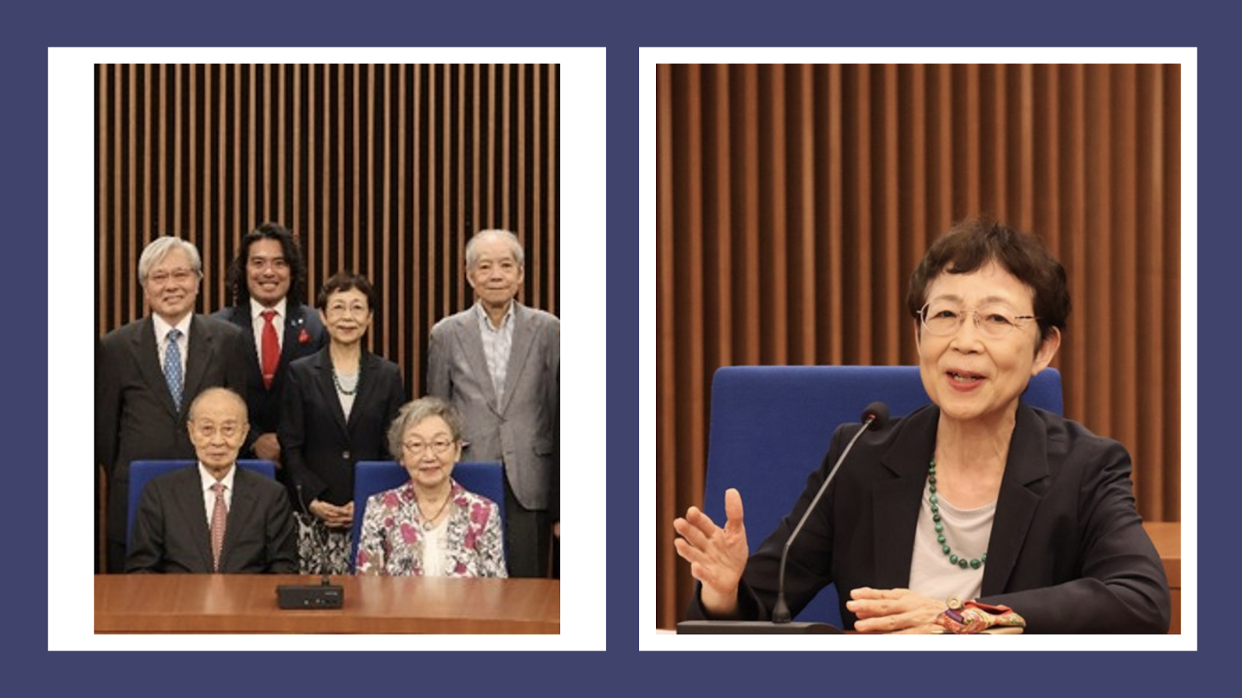Kaede Yanagisawa, former JICA Vice President and Ambassador to Malawi, now Director of the Africa Society of Japan, pointed out that while the United States has long regarded the acceptance of diverse international students as a strategic investment to spread its values and strengthen its national security, Japan’s “300,000 International Students Plan” has been driven largely by financial motives. She noted the lack of a well-designed framework for multicultural exchange and the limited opportunities for interaction between international and Japanese students.
Remarks by YANAGISAA Kae, Council Member, Kyoto International Peacebuilding Center
“I also studied in the United States, and I have believed that the U.S. has accepted students from around the world not simply to gather diverse knowledge and develop the country, but rather as a long-term investment to spread American values globally and to cultivate a large number of people who can say, ‘I studied in America.’ From a national security perspective as well, such intentions were likely present. That is why I find it deeply regrettable that today’s America seems to display an attitude of ‘values don’t matter.’
In contrast, I wonder whatoverall vision and grand design of Japan’s ‘300,000 International Students Plan’ were. To put it bluntly, I feel that the underlying intention was to support university management at a time when institutions were struggling financially due to declining birthrates and an aging population.
When I worked at JICA, all international student programs were conducted in English. As a result, there was almost no interaction between Japanese and international students. Even though we call it ‘multicultural exchange,’ Japanese students have few opportunities to interact with international students, and in some cases, those students return home without having learned much about Japan at all.
I would therefore like to ask: among the 300,000 international students, how many actually sit side by side with Japanese students, attend the same classes, and study at the same level? Professor Sugimura explained that the overwhelming majority of such students are from China and South Korea.
Regarding the ‘Hometown’ initiative of JICA, which Mr. Sukehiro Hasegawa mentioned, I personally feel it might have been better to use an understandable Japanese term such as ‘International Exchange Hub Cities.’ It is regrettable to think that the recent controversy may lead to more negative perceptions of Africa.”
(Reported by Koki IMON)

